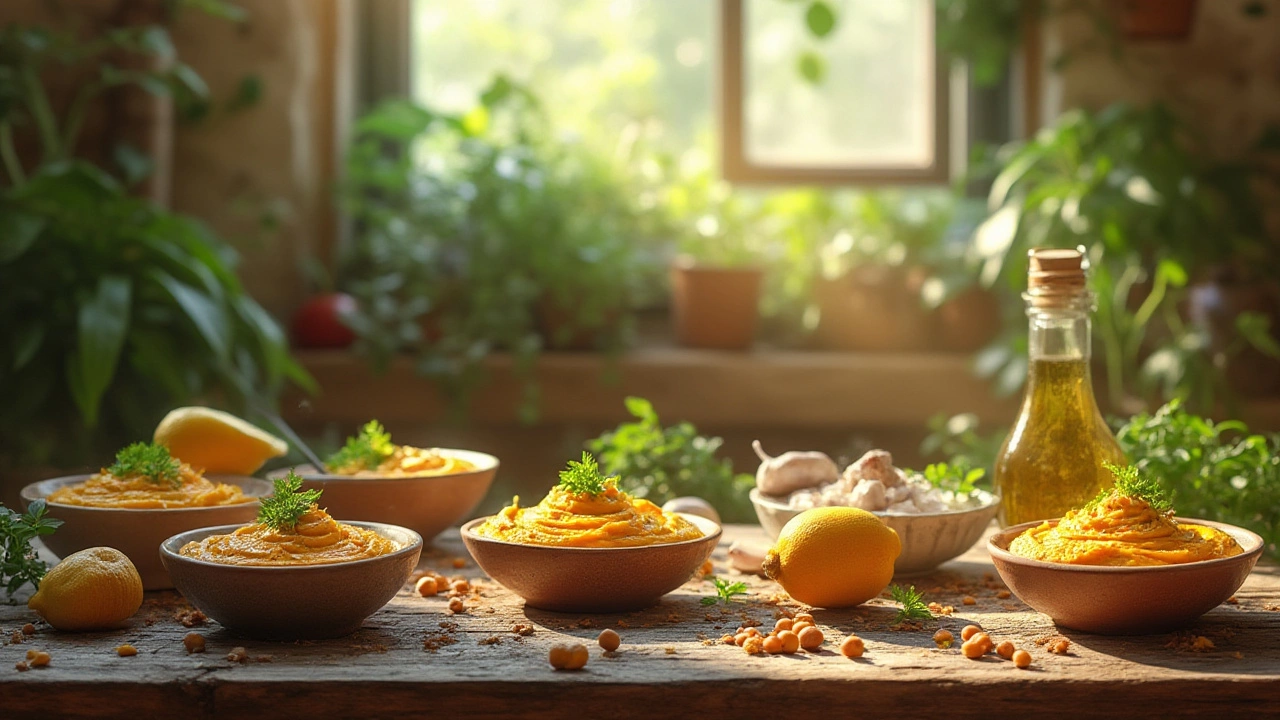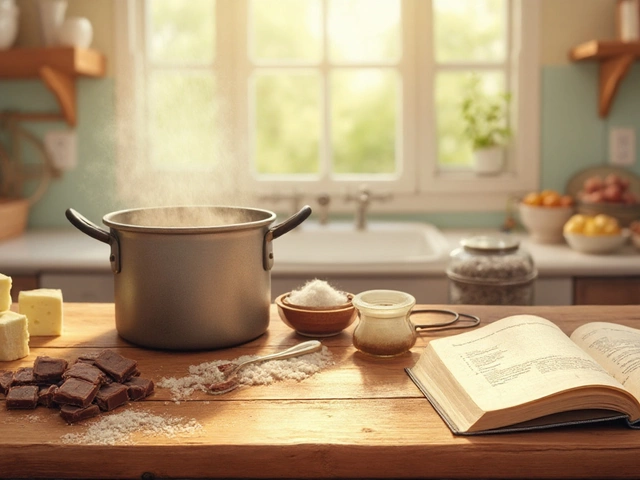What Is Hummus? A Plain‑Talk Guide
If you’ve ever seen a creamy, pale‑green dip on a restaurant menu or a grocery shelf, you’ve probably wondered, what is hummus? In short, it’s a smooth blend of cooked chickpeas, tahini, lemon juice, garlic, and a splash of olive oil. The magic comes from the balance of salty, tangy, and nutty flavors that makes it a crowd‑pleaser for vegans, meat‑eaters, and anyone in between.
Hummus started out in the Middle East, where families would mash chickpeas with a mortar and pestle for a quick snack. Over the years, the recipe traveled across the globe, spawning countless variations—spicy, roasted red pepper, avocado, you name it. But the classic version stays as simple as the five core ingredients listed above.
Basic Ingredients You’ll Need
To keep things honest, let’s break down each component and why it matters:
- Cooked chickpeas – the base. Canned beans work fine, but rinsed and drained dry beans give a cleaner taste.
- Tahini – a sesame‑seed paste that adds richness and that signature nutty note.
- Lemon juice – brightens the dip and cuts any heaviness.
- Garlic – a little raw crush adds a punch; you can tone it down if you prefer.
- Olive oil – smooths everything out and brings a silky mouthfeel.
Optional extras like salt, cumin, or smoked paprika can be tossed in for extra depth, but you can always add them later.
How to Prepare Classic Hummus in 5 Minutes
Got a food processor? Great. If not, a sturdy blender does the trick.
- Put the chickpeas, tahini, lemon juice, garlic, and a pinch of salt in the bowl.
- Blend on high while a thin stream of olive oil runs in. The oil helps emulsify and prevents a grainy texture.
- If the mixture looks thick, splash in a tablespoon of water or more olive oil until you reach a dip‑ready consistency.
- Taste and adjust—add extra lemon for zing or a dash more garlic for bite.
- Serve in a shallow bowl, drizzle a bit of olive oil on top, and sprinkle with paprika or fresh herbs if you like.
The whole process takes less than five minutes and yields a dip that's ready for pita, raw veg, or even as a sandwich spread.
Nutrition‑wise, hummus is a solid source of plant protein, fiber, and healthy fats. One cup typically offers around 200 calories, 10 g of protein, and 6 g of fiber—great for a snack that keeps you full.
Want to keep hummus fresh? Store it in an airtight container, drizzle a thin layer of olive oil on top, and refrigerate. It’ll stay good for about a week. If a skin forms, just stir it back in; the flavor won’t suffer.
That’s the quick low‑down on what hummus is and how you can whip it up at home. No fancy gadgets, no complicated steps—just simple ingredients and a few minutes of your time. Go ahead, give it a try, and you’ll see why this dip has become a global staple.

Is Hummus Vegan? Everything You Need to Know Before You Dip
Discover if hummus is vegan, learn about its ingredients, potential non-vegan pitfalls, and tips for enjoying hummus on a plant-based diet. Real facts and easy advice.
View More




